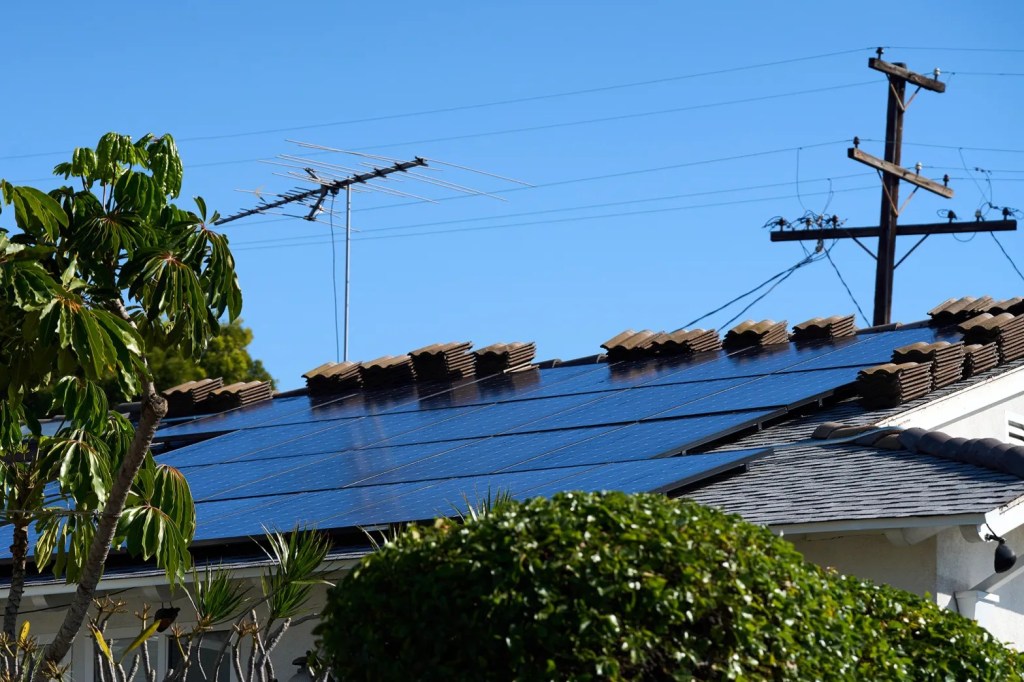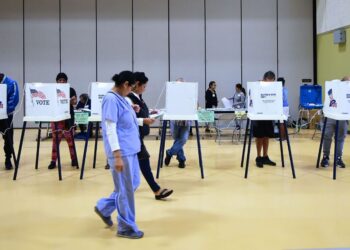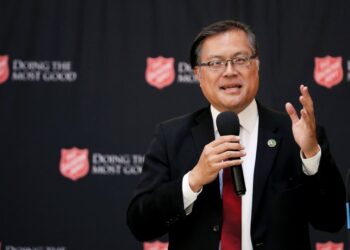Weldon Kennedy and his wife make it their business to keep up with California’s fast-changing clean energy landscape. So when the climate-conscious couple began planning to add a solar system to the roof of their Oakland home, they took their time to talk to installers and shop around for the best deal.
But then, last spring, he heard that a neighbor had decided to accelerate their solar project. Other homeowners in the area were rushing to get in line, too.
“I don’t think I fully understood the scope of it, but I had people telling me, ‘You better get going, get your solar now,’ ” Kennedy said. “It seemed like a bunch of tomfoolery was coming down.”
Kennedy’s neighbors and other consumers were reacting to a profound policy shift in California: The state Public Utilities Commission in late 2022 slashed by about 75% the rate that utilities pay homeowners with new solar panels when they sell surplus power to the grid. The rate structure went into effect for solar applicants beginning last April.
The state’s decision has caused consumer demand for residential solar to plummet since the new rate took effect. Solar companies say they’ve been shoved to the edge of a cliff, forcing them to lay off workers or even shut down.
Experts worry that the steep decline could stall the state’s battle against climate change. Solar power is critical to meeting California’s ambitious requirement to switch to 90% carbon-free electricity in 2035 and 100% in 2045. Large-scale and rooftop solar is projected to provide more than half of the grid’s power by 2045.
The imminent change in payments to customers drove a three-month surge in homeowners applying for solar connections leading up to the deadline. But then came a 90% decline last May compared to May of 2022, according to state data for areas served by Pacific Gas & Electric, Southern California Edison and San Diego Gas & Electric.
In all, about 82% fewer customers applied for solar connections from…
Read the full article here







